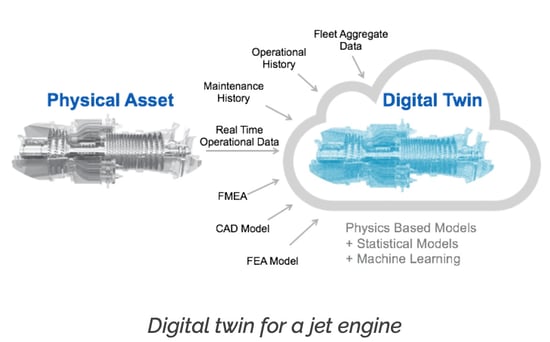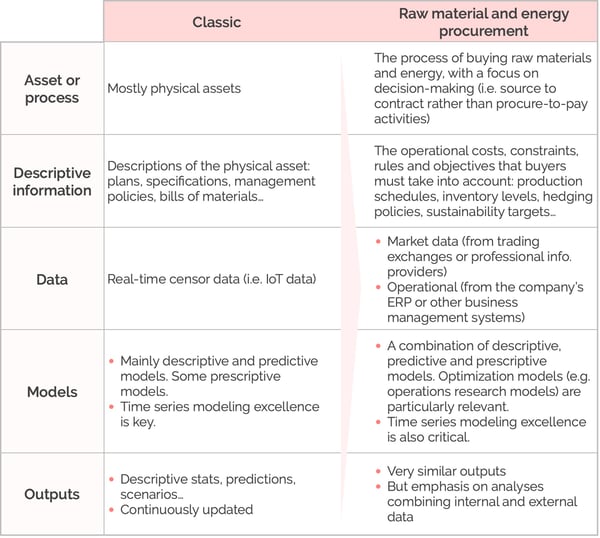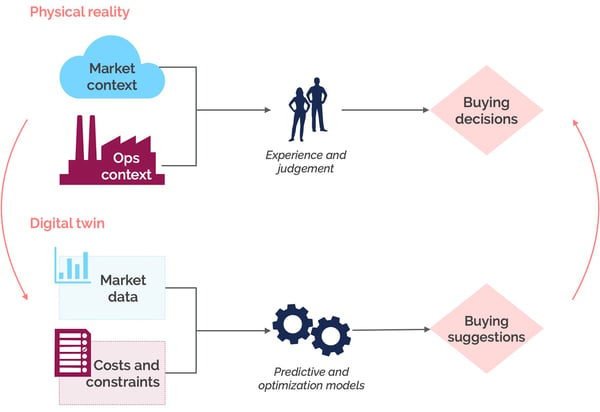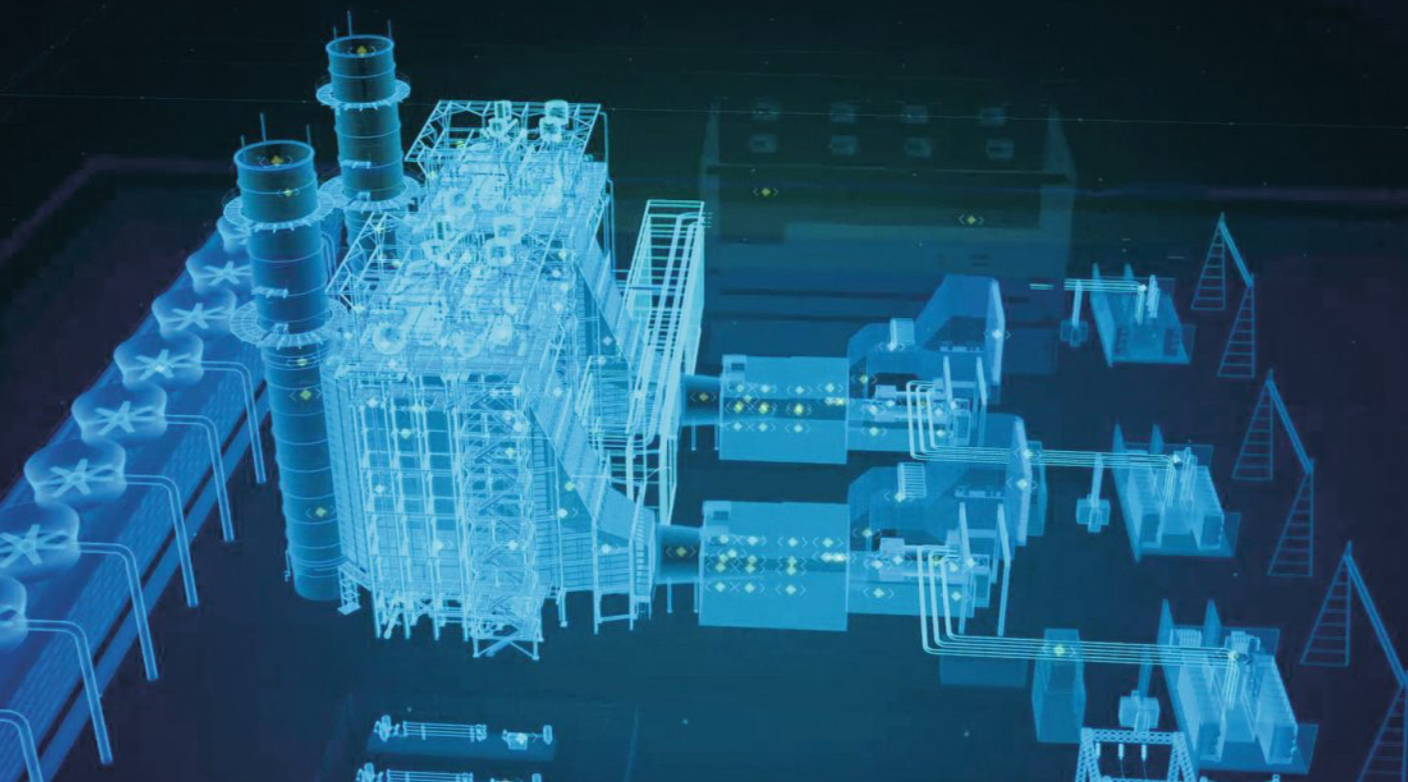"Digital twins" have been all the rage over the past three years - reaching Gartner's peak of inflated expectations in 2018.
While people usually think of digital twins in the context of IoT, we believe that industrial buyers of raw materials and energy can greatly benefit from procurement-specific digital twins.
What is a digital twin?
Although, as mentioned above, digital twins have mainly been used for IoT applications thus far, their definition is quite generic:
A digital twin is enterprise software that implements a virtual representation of a connected entity or process, used to provide situation awareness that helps improve business decision making and outcomes." - Gartner
Four components define a digital twin:
- A description of the physical asset or business process that it replicates. That description will mostly rest on pre-existing documents (e.g. plans, specifications, management policies, bills of materials).
- Lots of data, continuously adding color to the description, i.e. describing the current state of the physical asset or business process.
- Analytical, predictive and decision models, making sense of that data and simulating how human operators would react to changes in the physical asset or business process.
- Outputs - analyses, predictions, simulations and recommendations that help human operators manage the physical asset or business process.
Here is a classic example:

Such digital twins have two primary roles:
- Improving the situational awareness of the operators of the physical asset, by placing real-time sensor data and alerts in the context of a realistic description of the asset.
- Accelerating, and even automating responses to deviations from the normal state of the physical asset (like a performance drop).
The procurement digital twin
Principle
So what would a digital twin for raw material and energy buyers look like?
Basically, a lot like a classic IoT digital twin. The goal is still to "implement a virtual representation of a connected process", "provide situational awareness" and "improve business decision-making and outcomes".
There are, though, a few notable differences, as summarized below:

Datapred's implementation
Datapred's digital twin for industrial buyers of raw materials and energy is based on the combination of:
- An analysis and prediction engine focused on market dynamics and using lots of external data.
- An optimization engine focused on integrating the internal costs, constraints, rules and objectives of the buyers.
Both engines work continuously together to deliver insights and provide buying recommendations to industrial buyers, as illustrated below:

We believe that combining predictive models with optimization models that integrate the true "costs and constraints" of buyers is a very effective way to replicate their real-life decision-making process.
Benefits for industrial buyers
A digital twin brings four significant benefits to industrial buyers of raw materials and energy.
It replicates their mental model
The integration of internal (operational) and external (market) data is key for procurement digital twins, because industrial raw material buyers have always combined market knowledge and industry expertise.
Replicating that mental model brings confidence and facilitates the set up and continuous enrichment of the procurement digital twin.
It turns market analyses into actionable suggestions
Market analyses without cost/constraint integration remain descriptive. Not that descriptions are necessarily crude or boring. But they leave the crucial "so what" question open, and can't as a consequence be genuine game changers.
Combining descriptions and predictions on the one hand, with decision models (like Datapred's cost/constraint optimization) on the other hand, is the only way to turn analyses into actionable insights.
It provides a safe space for experimentation
Most industrial companies agree that faced with increased market liquidity and volatility, raw material and energy buyers will need more reactivity in the coming years.
However, leaving the well-trodden territory of term-based contracts and experimenting with new procurement tactics is daunting when hundreds of millions in annual spend are at play.
Digital twins are ideal for playing with costs, constraints and business rules, and assessing the potential impact of new buying strategies, using what-il scenarios.
They can also help buyers stress-test their exposure to raw material and energy price drivers. For example, if oil prices rise by 15% over the next quarter, what is the likely impact on polyethylene prices?
It monetizes internal information assets
Large corporations are not suffering from a lack of internal data and - in our experience - tend to overstress about data quality, and overestimate the hardware investments required for data analysis.
What they are not doing well yet (at least formally), is to analyze that internal data in the context of relevant market dynamics.
Such joint internal/external analyses are a great benefit of procurement digital twins, and unlock unique and valuable insights. For example: What is the correlation between historical market prices and the prices we have been paying? Is our bargaining power affected by specific market forces? Can we predict that bargaining power?
***
Implementing digital twins will be a key aspect of Procurement's digital transformation, with raw material and energy buyers at the forefront of that exciting trend. Don't hesitate to contact us to discuss how Datapred can help.

